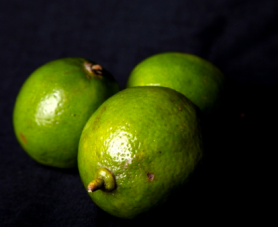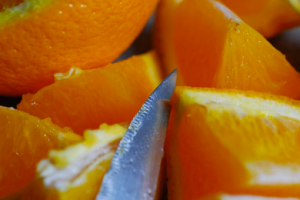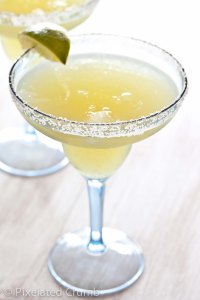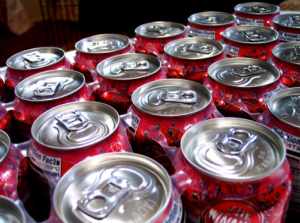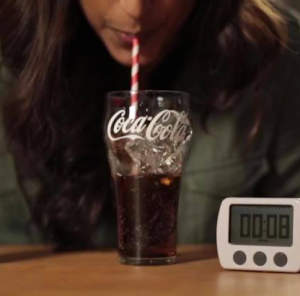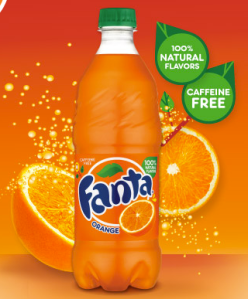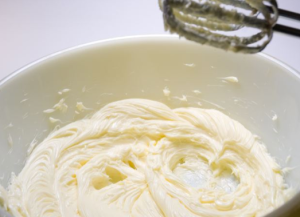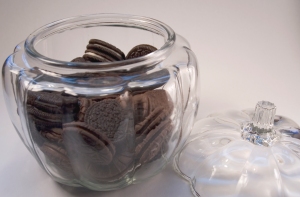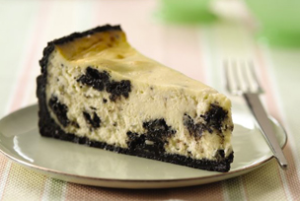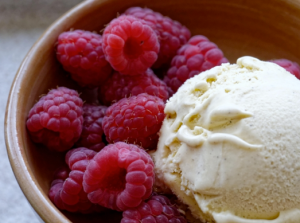You see it on almost every health article out there–Sugar is BAD. Sugar is what is making us fat. Avoid Sugar as if your life depended on it. Seriously?? But isn’t sugar an essential part of life?
Some health trainers even go as far to avoid the sugars in grapes and bananas.. and to that all I can say is…Please don’t.
This is an article about the medicinal properties of sugar. Brown sugar to be exact.
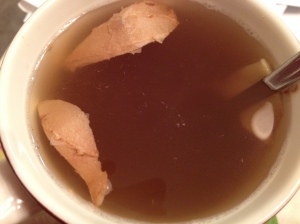
Growing up, my mother always used to give me and my siblings a tea made from spoonfuls of brown sugar and slices of ginger when we were sick. The result was a dark colored mixture that tasted like a hot cola with a warm spicy finish. I did some research and found that this brown sugar ginger tea is a common practice in Traditional Chinese Medicine (TCM) for treating nausea, digestive problems, cold symptoms and menstrual symptoms.
What exactly is brown sugar, and what nutrients does it offer our bodies?
Brown sugar gets its color from leftover molasses, the syrupy by-product from processing sugar cane to get refined sugar. This is also the reason why brown sugar feels more “wet” than white sugar.
Molasses has loads of nutritional benefits! Iron, Calcium, Magnesium, Phosphorus, Potassium to name a few!
In TCM, Brown Sugar is categorized as a “warm” food, meaning it helps promote blood circulation, so drinking a few spoonfuls mixed in with hot water is great for the body.
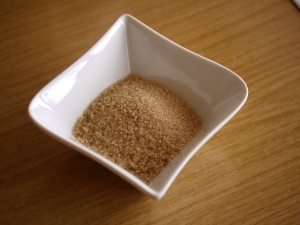
Next time you’re feeling a bit under the weather, try this recipe for a pick me up!
-1 spoonful dark brown sugar
– a few slices of fresh ginger root
– mug of hot water!
Feel great with brown sugar (and all the nutrients it offers!) 🙂 Have a warm day!



